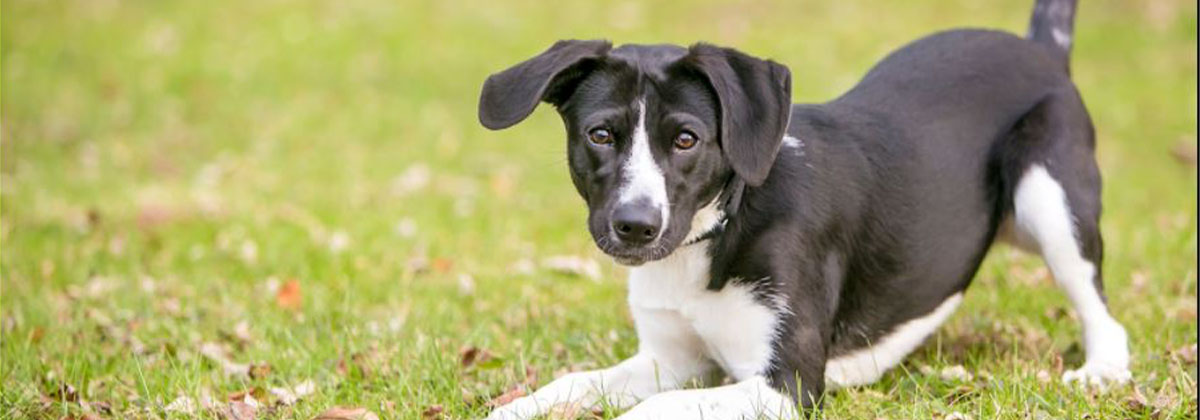06 Oct How to Understand a Dog’s Body Language? (Part 3)
In the previous parts, we explained the dog’s body language and said that dogs communicate with their surroundings through the production of sound and body movements. These body movements include the mouth, eyes, ears, body postures and hair of the dog, each of which has a different meaning and concept. In this part, we will explain the tail movements and the combination of these movements with the emotions of dogs.
Tail
Wagging or changing the tail position in dogs has different meanings. To understand the dog’s body language, you should pay attention to the tail speed and direction. Dogs are generally in their natural state when they are relaxed, and every change has a reason. When the dog is emotionally excited, happy or upset, wag the tail. We refer to several examples of different tail wagging and their meanings in dog language in the following.
- The faster the dog wags his tail means more excitement. This excitation is generally negative and is intended to attack.
- If the dog wags his tail slowly left, and right, it means happiness and welcome.
- If the dog turns his tail in a circular motion, it’s a sign of happiness and welcome, but with the difference that this time he has met a trendy person and is very excited.
- If the dog tilts his tail more toward the right and wags, it’s a good sense, like when he interacts with his owner.
- If the dog tilts and shakes his tail more to the left, it has a negative meaning.
- If the dog raises his tail, it means that he’s happy and sometimes angry.
- If the dog holds his tail down, especially between his legs, it means he’s scared and surrenders.
- When the dog shakes his tail down slowly, It means he doesn’t know what’s going on and needs your help.
How do we understand different feelings with the dog’s body language?
Dogs experience a variety of emotions, including happiness, anxiety, fear, etc. If you match the above with their behaviour, you can broadly understand their behaviours’ meanings and determine the type of emotions your dog has. Here are some general signs that dogs show when experiencing different emotions.
Happiness
A happy dog is generally self-confident and shows the following symptoms.
- Stands straight.
- Raises his head.
- He opens his mouth slightly.
- Breathes slowly.
- Wag his tail gently.
- Be friendly and at peace with his environment.
Thrill
A dog that is excited usually shows this feeling as follows.
- Running
- Jumping.
- He pants
- He usually hangs his tongue from his mouth.
- He barks
Anxiety
Anxious dogs generally show the following behaviours.
- Lowers his head.
- Takes his ears back.
- Gets his tail between his legs.
- He constantly licks his lips.
- Yawns.
Fear
The terrified dog is generally as follows.
- He puts his tail between his legs.
- He shakes.
- Takes his ears back.
- May urinate or defecate.
- Moans.
Aggression
If a dog experiences threatening behaviour and shows fear and anxiety, he may engage in aggressive behaviour, which is described below.
- Places his feet firmly on the ground.
- Puts his ears back.
- Puts his head forward.
- His tail is straight, upwards and wags.
- Shows his teeth.
- Roars.
- His back hair bristles.
Dog body language is powerful. They convey their meaning with their bodies, which can be different in various breeds. Decoding a dog’s language, whether in terms of voice or body posture, isn’t possible on its own. All the other actions of the dog are part of a set with which the animal communicates. So when you want to understand what your dog likes and predict your dog’s following behaviour, you must pay attention to all his situations from head to toe and even his sound. If you can understand what your dog wants, you will have a deeper connection with him. You can always count on MishkaGrooming’s professional team for your dog’s cleanliness, grooming, training and health. With great passion, patience and knowledge, our groomers make your beloved dogs beautiful and clean so that they can count down the moments for grooming again.




No Comments